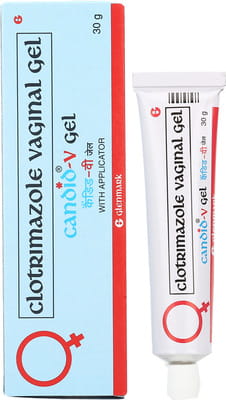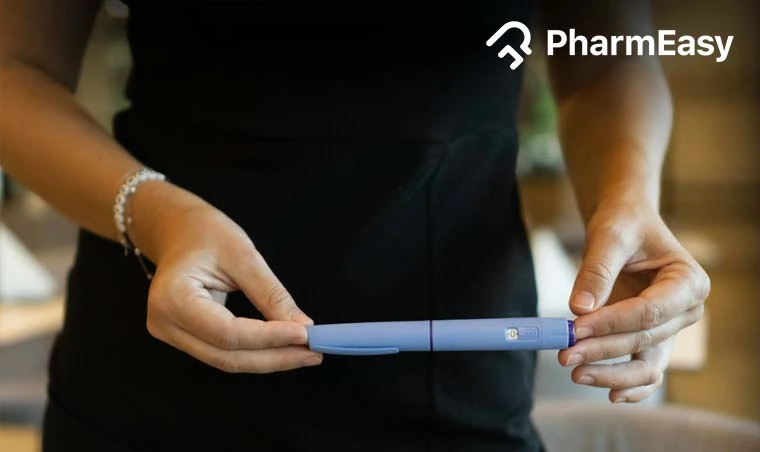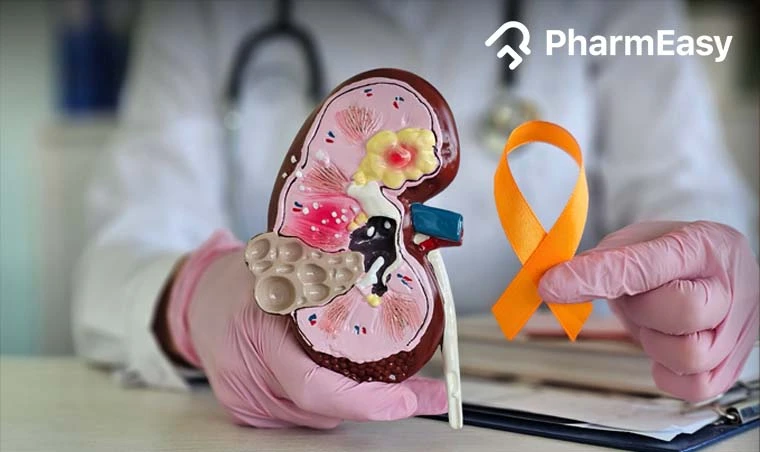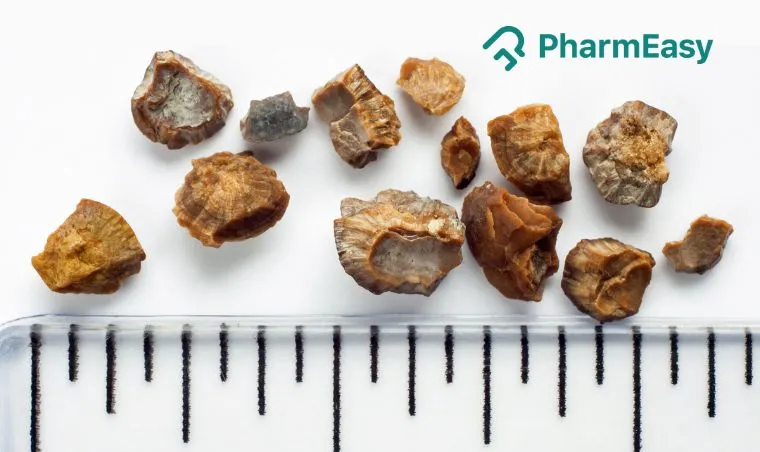CANDID V GEL
Description
Candid-V Gel is a medication used to treat fungal infections in the vagina. These infections can cause symptoms such as itching, burning, and unusual discharge. The gel helps to relieve these uncomfortable symptoms and clears the infection when used correctly.
The main ingredient in Candid-V Gel is clotrimazole. It works by attacking the fungus responsible for the infection. Clotrimazole damages the protective layer of fungal cells, preventing them from growing and helping to eliminate the infection.
Before and after applying the gel, it’s important to wash your hands thoroughly. Use the gel exactly as your doctor has instructed. It should be used only inside the vagina and not on any other part of the body. Ensure you complete the full course of treatment, even if the symptoms start to improve.
Candid-V Gel is made specifically for vaginal infections and should not be used to treat other skin conditions. Using it incorrectly may not help and could even cause more irritation or side effects.
Before starting the treatment, discuss any health issues or other medicines you are taking with your doctor. This ensures your doctor can confirm that the gel is safe and effective for you. If you notice anything unusual while using the gel, contact your doctor immediately.
Product Summary
| Offer Price | ₹109.50 |
| You Save | ₹40.50 (27% on MRP) |
| Contains | Clotrimazole(2.0 %W/W) |
| Uses | Vaginal fungal infection |
| Side effects | Vaginal itching, pain, burning, rashes |
| Therapy | ANTI-FUNGAL |
Uses
Contraindications
- If you are allergic to clotrimazole or any ingredients of Candid-V gel.
- If you are menstruating (during periods).
Side effects
- Vaginal itching, pain and burning, rashes, peeling or bleeding.
- Pain in the belly or pelvic area.
Precautions and Warnings
Pregnancy
Breast Feeding
Driving
Alcohol
Other General Warnings
- You are experiencing allergy-like redness, burning, and swelling on using this product.
- You are menstruating.
- You are pregnant or breastfeeding.
Directions for Use
- To use Candid-V Gel, ensure the vaginal area is clean and dry. Gently insert the gel into the vagina using the provided applicator and press the plunger to release the medication.
- Wash your hands thoroughly before and after application. Continue using the medication as prescribed by your doctor, even if symptoms improve.
- Avoid using Candid-V Gel during menstruation and refrain from sexual intercourse during treatment to prevent the spread of infection.
Storage and disposal
- Candid-V gel should be stored at room temperature, away from heat and moisture.
- Keep out of the reach of children and pets.
- Discard Candid-V gel when it is no longer needed or expired.
Quick Tips
- Do not give this medicine to anyone else, even if they have the same condition as you do.
- This gel can reduce the effectiveness of rubber contraceptives like condoms or diaphragms and can lead to contraceptive failure and unwanted pregnancy. To avoid this, use another method of contraception for at least 5 days after stopping treatment with Candid-V gel....
- Do not use tampons, douches, spermicides, condoms or diaphragms.
- Avoid vaginal intercourse when you are using Candid-V gel.
- If you have diabetes, the chances of vaginal infections increase.
- If you frequently have vaginal yeast infections, avoid intercourse, as that can infect your partner, too.
Dosage
Overdose
Missed a Dose
Mode of Action
How Does It Work?
Interactions
Interactions with other medicines
- Candid-V gel, as it is applied locally in the vagina is less likely to interact with other medicines.
- Please tell your doctor if you are using any other medicines, over-the-counter medicines (that you buy without a prescription) and herbal preparations.
- While using this medicine, do not stop, start or change the dosage of your medicines without consulting your doctor.
- Medicines like methotrexate and cyclosporin used to modify immune response, steroid medicines such as prednisolone and some antibiotics taken along may increase the risk of recurrent vaginal yeast infection. If you are on any of these, inform your doctor....
Interactions with food items
- Since Candid-V Gel is for external use only, there are no known interactions between vaginal clotrimazole and foods or drinks.
Content Details
Dr. Suma Kunchur
MBBS
Dr. Ritu Budania
MBBS, MD (Pharmacology)
Frequently Asked Questions (FAQs)
Q: Can I spread this infection to my spouse?
Q: Can vaginal infection cause severe itching?
Q: Can I self-medicate with Candid-V gel?
Q: How long Do I need to use Candid V gel?
Q: Is Candid V gel antibiotic?
Q: Can Candid V gel be used for urine infection?
Q: Candid V gel vs Candid gel, how do they differ?
References
- 3 Day Vaginal Cream [Internet]. Accessdata.fda.gov. 2021 [cited 1 Sept 2025]
- CDSCO [Internet]. Cdscoonline.gov.in. 2021 [cited 1 Sept 2025]
- Khatter NJ, Khan MAB. Clotrimazole. [Updated 2023 Jul 10]. In: StatPearls [Internet]. Treasure Island (FL): StatPearls Publishing.
- National Center for Biotechnology Information (2024). PubChem Compound Summary for CID 2812, Clotrimazole.
- Clotrimazole [Internet]. ScienceDirect Topics. [Accessed 1 Sept. 2025].
- Rwanda Food and Drugs Authority. Summary of Product Characteristics (SmPC) for CANDID‑V Gel (Clotrimazole USP 2% w/w) [Internet]. Kigali: Rwanda FDA; 2025 [cited 2025 Sept 25].
Did you find this medicine information helpful?
Please rate your experience
























